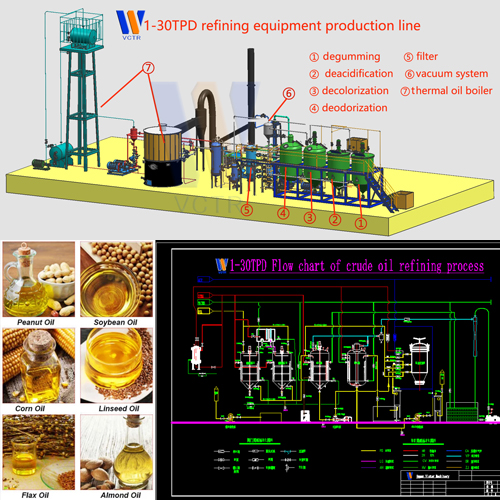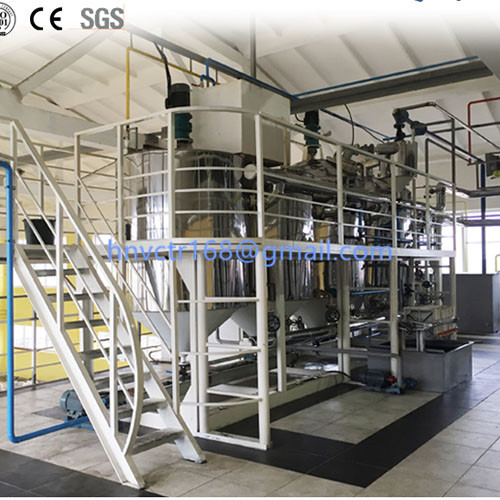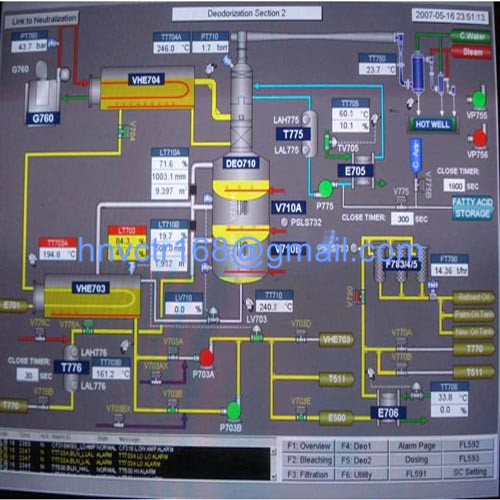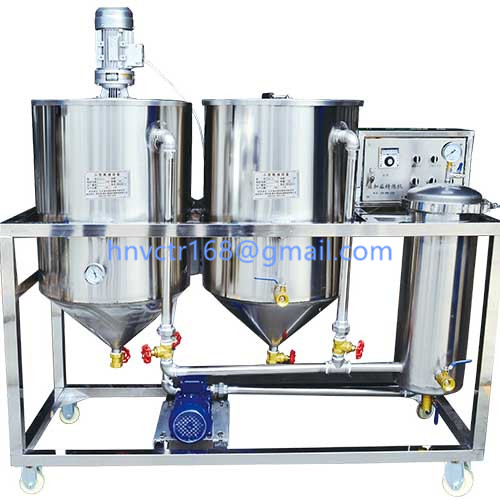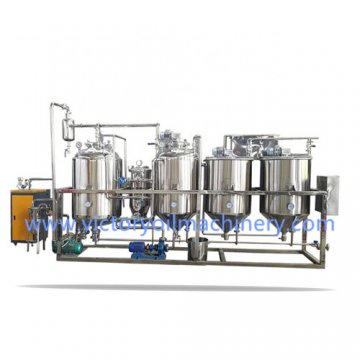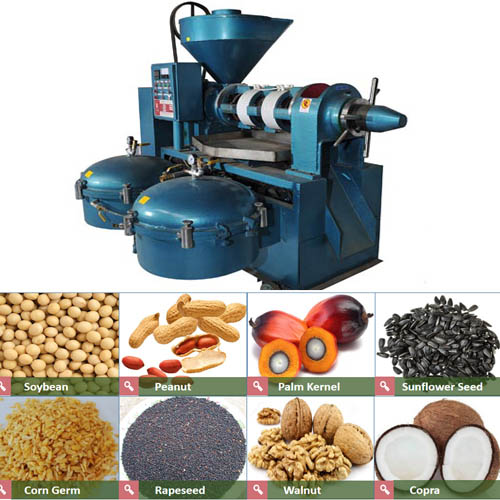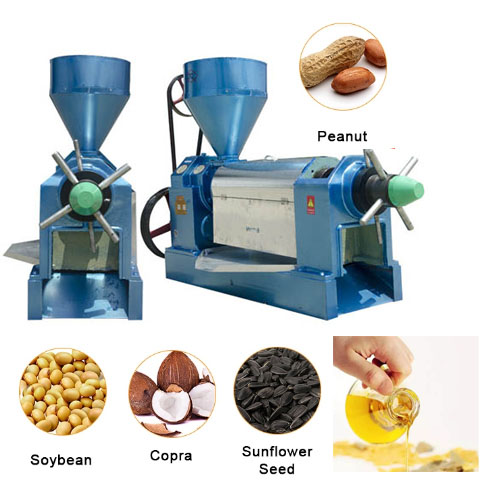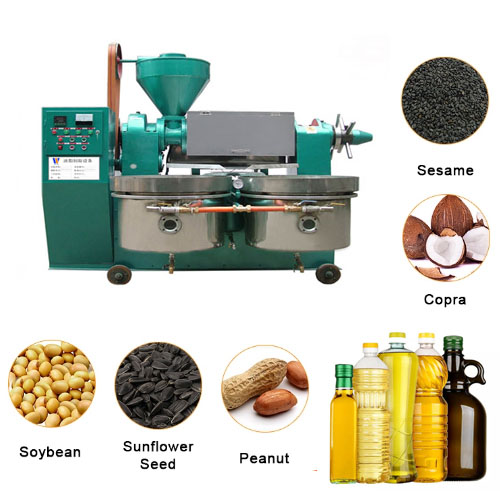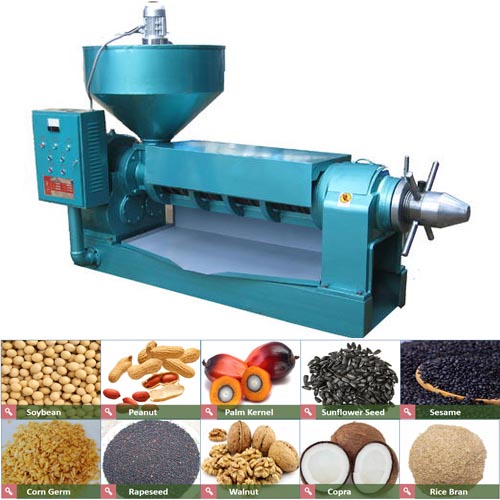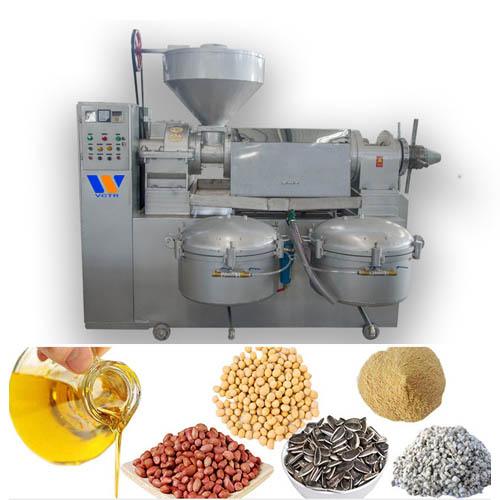Palm oil pressing,refining and fractionation-Bleaching agent and new bleaching methods
1. Edible oil bleaching agent
1) Activated bleaching earth
This is the main adsorbent for the bleaching and purification of edible oils. There are two types of natural activated bleaching earth and inorganic acid-treated activated bleaching earth. Usually the latter has a stronger adsorption capacity, because after proper acid treatment, the surface area of the bleaching earth has increased from 40-60m2/g to 250-350m2/g.. After treatment with inorganic acid, activated bleaching earth changes from neutral or weak acid to higher acidity, so it is also called acid bleaching earth. It not only has strong adsorption activity, but also has the following obvious characteristics: Solid acid properties; cation exchanger properties; acid catalyst properties; filter aid properties. Therefore, acid bleaching earth has many effects on oil, and the appropriate amount and usage of adsorbent should be selected according to different oils and different requirements.
2) Activated carbon
Activated carbon can be made from a variety of carbon-containing raw materials (coal, wood, nut shells, etc.), after high temperature treatment, and then activated with chemical activators (phosphoric acid, zinc oxide, etc.), air, and steam to increase its surface area and improve adsorption activity . This kind of activated carbon is often used together with activated bleaching earth to promote bleaching and oil purification. Activated carbon can effectively remove polycyclic aromatic hydrocarbons of macromolecules that cannot be adsorbed by bleaching earth (while the bleaching process can only remove polycyclic aromatic hydrocarbons containing 4 or less low molecular weight). Activated carbon has a particularly strong adsorption effect on polycyclic aromatic hydrocarbons. Even if the activated carbon filter cake is pressed, the filtered oil does not contain polycyclic aromatic hydrocarbons.
The new bleaching adsorbent uses water glass as a raw material and is treated with dilute sulfuric acid to prepare a special silica gel with a water content of 60% to 70%. Its specific surface area is very large (about 800m2/g). This kind of silica gel has high activity and selective adsorption to trace metal soaps and phospholipids.
2. Two new bleaching methods
1) Bleaching with synthetic silica gel
A water-soluble silicate is prepared through precise and stringent conditions. This adsorbent is also called "hydrogel". It is used in combination with activated bleaching adsorbent. The two have complementary effects because this bleaching agent has high adsorption activity for phospholipids, trace metals and soaps.Relevant experts recommend: first use this silica gel adsorbent to remove phospholipids, trace metals and soaps in edible oil, and then adsorb and remove chlorophyll and other pigments in the oil through the clay filter layer. This method requires the least bleaching of bleaching earth, which is beneficial to improve the yield and quality of oil.
2) Bleaching with solvent mixture
People are studying to eliminate the bad smell and taste produced by oxidation of polyunsaturated fatty acids in soybean oil and delay the rate of oxidation deterioration of soybean oil, and an effective new method is obtained. First, use a "soybean oil/non-polar solvent" mixed oil (for example, with an extraction oil solvent), and then pass the mixed oil through a column filled with silica gel adsorbent. During the percolation process of the mixed oil, the silica gel adsorbs the soybean oil. The polar oxidative deterioration product can obtain high-quality edible oil through the mixed oil after adsorption and solvent removal, which not only has good sensory stability.
For more related technical process information, see https://www.victoryoilmachinery.com/Palm_oil_Production_Machine/
1) Activated bleaching earth
This is the main adsorbent for the bleaching and purification of edible oils. There are two types of natural activated bleaching earth and inorganic acid-treated activated bleaching earth. Usually the latter has a stronger adsorption capacity, because after proper acid treatment, the surface area of the bleaching earth has increased from 40-60m2/g to 250-350m2/g.. After treatment with inorganic acid, activated bleaching earth changes from neutral or weak acid to higher acidity, so it is also called acid bleaching earth. It not only has strong adsorption activity, but also has the following obvious characteristics: Solid acid properties; cation exchanger properties; acid catalyst properties; filter aid properties. Therefore, acid bleaching earth has many effects on oil, and the appropriate amount and usage of adsorbent should be selected according to different oils and different requirements.
2) Activated carbon
Activated carbon can be made from a variety of carbon-containing raw materials (coal, wood, nut shells, etc.), after high temperature treatment, and then activated with chemical activators (phosphoric acid, zinc oxide, etc.), air, and steam to increase its surface area and improve adsorption activity . This kind of activated carbon is often used together with activated bleaching earth to promote bleaching and oil purification. Activated carbon can effectively remove polycyclic aromatic hydrocarbons of macromolecules that cannot be adsorbed by bleaching earth (while the bleaching process can only remove polycyclic aromatic hydrocarbons containing 4 or less low molecular weight). Activated carbon has a particularly strong adsorption effect on polycyclic aromatic hydrocarbons. Even if the activated carbon filter cake is pressed, the filtered oil does not contain polycyclic aromatic hydrocarbons.
The new bleaching adsorbent uses water glass as a raw material and is treated with dilute sulfuric acid to prepare a special silica gel with a water content of 60% to 70%. Its specific surface area is very large (about 800m2/g). This kind of silica gel has high activity and selective adsorption to trace metal soaps and phospholipids.
2. Two new bleaching methods
1) Bleaching with synthetic silica gel
A water-soluble silicate is prepared through precise and stringent conditions. This adsorbent is also called "hydrogel". It is used in combination with activated bleaching adsorbent. The two have complementary effects because this bleaching agent has high adsorption activity for phospholipids, trace metals and soaps.Relevant experts recommend: first use this silica gel adsorbent to remove phospholipids, trace metals and soaps in edible oil, and then adsorb and remove chlorophyll and other pigments in the oil through the clay filter layer. This method requires the least bleaching of bleaching earth, which is beneficial to improve the yield and quality of oil.
2) Bleaching with solvent mixture
People are studying to eliminate the bad smell and taste produced by oxidation of polyunsaturated fatty acids in soybean oil and delay the rate of oxidation deterioration of soybean oil, and an effective new method is obtained. First, use a "soybean oil/non-polar solvent" mixed oil (for example, with an extraction oil solvent), and then pass the mixed oil through a column filled with silica gel adsorbent. During the percolation process of the mixed oil, the silica gel adsorbs the soybean oil. The polar oxidative deterioration product can obtain high-quality edible oil through the mixed oil after adsorption and solvent removal, which not only has good sensory stability.
For more related technical process information, see https://www.victoryoilmachinery.com/Palm_oil_Production_Machine/

